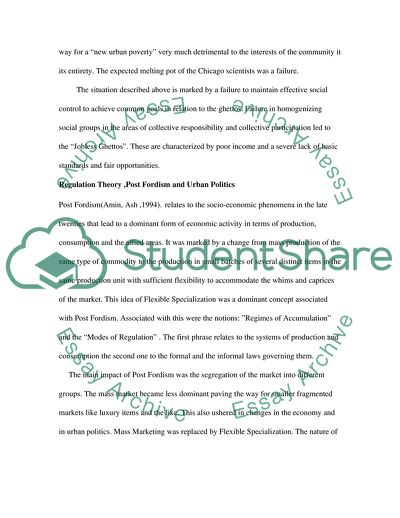Cite this document
(The Dynamic Metropolis Report Example | Topics and Well Written Essays - 2500 words - 1, n.d.)
The Dynamic Metropolis Report Example | Topics and Well Written Essays - 2500 words - 1. https://studentshare.org/sociology/1790509-the-dynamic-metropolis
The Dynamic Metropolis Report Example | Topics and Well Written Essays - 2500 words - 1. https://studentshare.org/sociology/1790509-the-dynamic-metropolis
(The Dynamic Metropolis Report Example | Topics and Well Written Essays - 2500 Words - 1)
The Dynamic Metropolis Report Example | Topics and Well Written Essays - 2500 Words - 1. https://studentshare.org/sociology/1790509-the-dynamic-metropolis.
The Dynamic Metropolis Report Example | Topics and Well Written Essays - 2500 Words - 1. https://studentshare.org/sociology/1790509-the-dynamic-metropolis.
“The Dynamic Metropolis Report Example | Topics and Well Written Essays - 2500 Words - 1”. https://studentshare.org/sociology/1790509-the-dynamic-metropolis.


